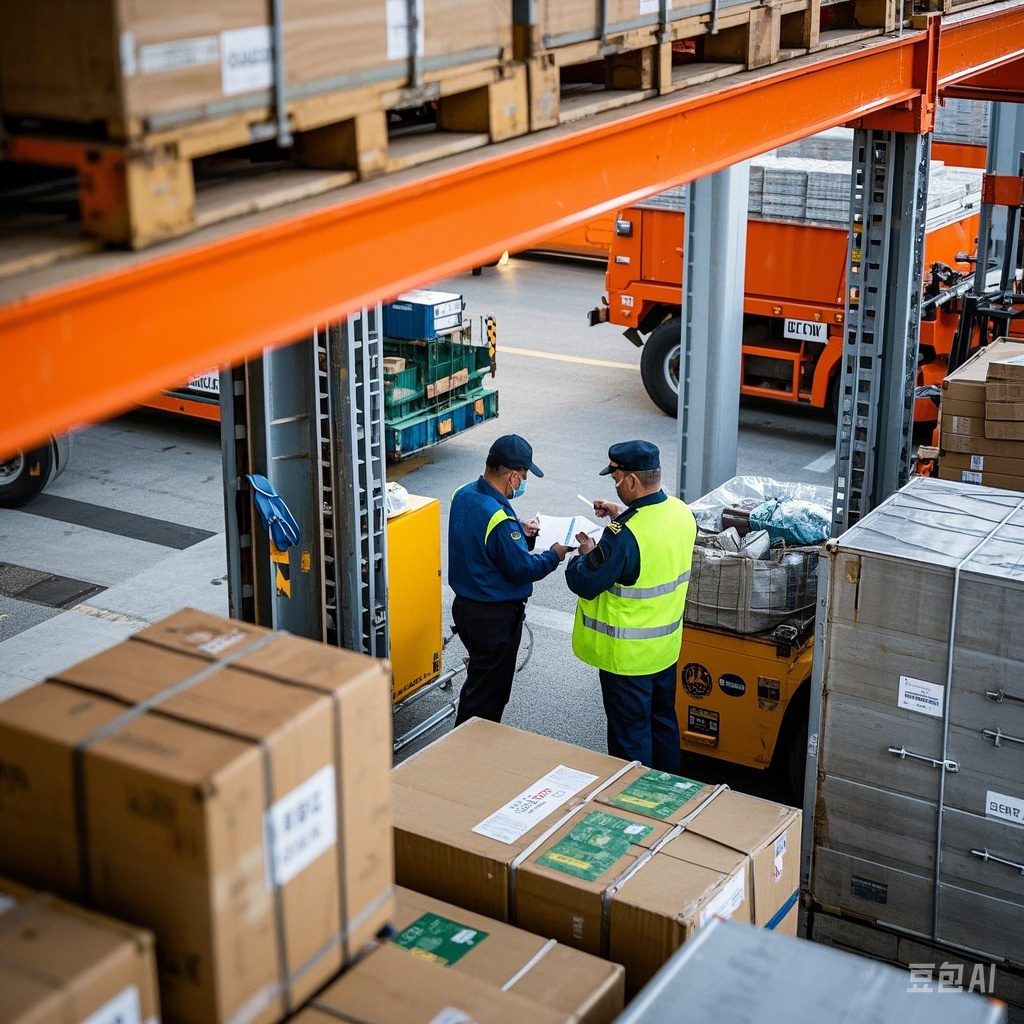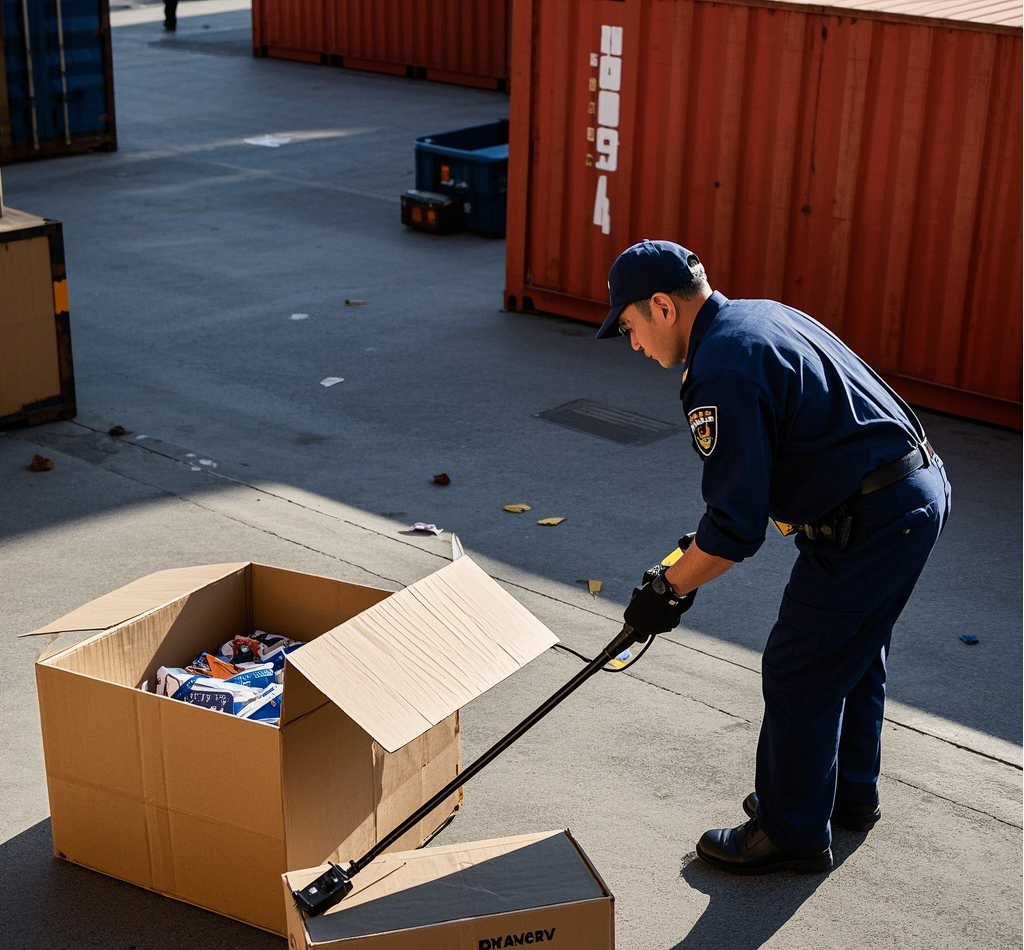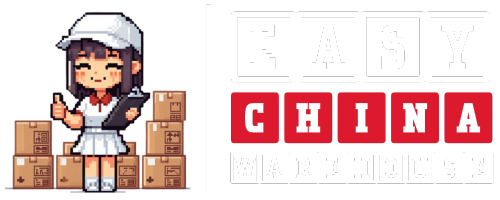Login

Customs inspections are a critical part of international trade, ensuring that goods comply with local regulations and standards. For sellers, understanding the customs inspection process can help minimize delays and avoid potential fines. In this blog, we’ll explore the key aspects of customs inspections, including the duration of different types of inspections, and provide practical tips for managing them effectively.

What is a Customs Inspection?
A customs inspection is an administrative enforcement action taken by customs authorities to verify the nature, origin, condition, quantity, and value of imported and exported goods. The inspection process ensures that the goods match the information provided on the customs declaration form and comply with local regulations.
Why Are Customs Inspections Conducted?
Customs inspections are conducted for several reasons:
- Compliance: To ensure that goods comply with import and export regulations, including safety, quality, and labeling standards.
- Security: To prevent the entry of prohibited or dangerous items.
- Revenue: To verify the accuracy of declared values and ensure proper collection of duties and taxes.
Types of Customs Inspections and Their Duration

Customs inspections can vary depending on the country and the nature of the goods. Common types include:
- Physical Inspection:
- Duration: Typically takes 1-2 days if there are no issues.
- Description: Customs officers physically examine the goods to verify their condition and compliance.
- Documentary Inspection:
- Duration: Usually completed within 1-2 days.
- Description: Review of documentation such as invoices, packing lists, and certificates of origin.
- Random Inspection:
- Duration: Can vary, but generally takes 1-2 days.
- Description: Random checks to ensure overall compliance and deter smuggling.
- Targeted Inspection:
- Duration: May take 3-4 days or longer, depending on the complexity.
- Description: Focused inspections based on risk factors such as the type of goods or the country of origin.
- Manual Inspection:
- Duration: Can take anywhere from 10 to 30 days.
- Description: The most comprehensive and in-depth inspection method, conducted by customs officers who physically examine goods, including verifying item descriptions, declared values, HS codes, checking for infringement, counterfeiting, smuggling, and ensuring the accuracy of declared quantities and completeness of supporting documents.
Tips for Sellers to Manage Customs Inspections
- Accurate Documentation:
- Ensure all documentation is accurate and complete. Inaccurate or incomplete documentation can lead to delays and additional inspections.
- Proper Classification:
- Use the correct Harmonized System (HS) codes for your products. Misclassification can result in incorrect duty rates and potential fines.
- Compliance with Regulations:
- Stay informed about the import regulations of the destination country. This includes understanding any restrictions, required certifications, and labeling requirements.
- Engage a Customs Broker:
- Consider hiring a customs broker to assist with the customs clearance process. Brokers have expertise in navigating complex regulations and can help ensure compliance. If you don’t have a trust one, please contact Easy China Warehouse, we are going to help you out.
- Prepare for Inspections:
- Be prepared for potential inspections by ensuring that your goods are properly packed and labeled. Clear and accurate labeling can help expedite the inspection process.
- Stay Updated on Changes:
- Customs regulations can change frequently. Stay updated on any changes to ensure ongoing compliance and avoid unexpected delays.
Frequently Asked Questions (FAQ)
Q1: What triggers a customs inspection?
- A1: Customs inspections can be triggered randomly or due to specific reasons such as discrepancies in documentation, high-risk goods, or shipments flagged by automated systems
Q2: How can I avoid delays during customs inspections?
- A2: Ensure all documentation is accurate and complete, use correct HS codes, comply with import regulations, and consider hiring a customs broker to assist with the process
Q3: What happens if my shipment is held at customs?
- A3: If your shipment is held at customs, you may need to provide additional documentation or clarification. Working with a customs broker can help expedite the resolution process
Q4: Are there any fees associated with customs inspections?
- A4: Yes, there can be fees associated with customs inspections, including inspection fees, storage fees, and potential fines for non-compliance
Q5: How do I know if my package has been inspected by customs?
- A5: Customs authorities usually leave a note or sticker on the package indicating it has been inspected. You may also notice delays in delivery and updates in tracking information
If you have any questions or need assistance with your logistic shipment from China, please don’t hesitate to reach out to us. We are committed to providing the support you need.
